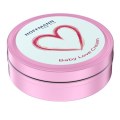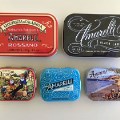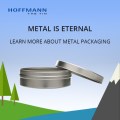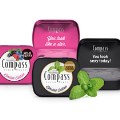Public
HOFFMANN Certificates & Policies
HOFFMANN The Tin Links
HOFFMANN The Tin Locations
HOFFMANN The Tin News
HOFFMANN The Tin Videos
If this is your company, CONTACT US to activate Packbase™ software to build your portal.


Today, the packaging industry relies upon a vast number of materials in order to create easy to use concepts for consumers. Metal is one of the primary materials utilized with a wide array of products, from food to fashion, candies to candles. Why exactly is metal so popular?
Metal packaging has been around since humans started mining and working the material about 11,000 years ago, though the primary use of metal at the time was for creating tools, weapons, or jewellery. In prehistory, small containers were used for holding precious substances or significant religious items. The ease of making containers out of clay or woven leaves made metal packaging a luxury good reserved for those with elevated status. Large scale use of metal as a packaging material occurred during the Industrial Revolution when mass production made it feasible for metal to gain prominence.
It was soon discovered that some materials were better as packaging materials than others. Iron on its own, for example, could not be used with anything moist as it would rust and spawn bacteria known to spread tetanus and other life-threatening diseases. Tin was the first choice, and was initially used to create canned goods for the British Royal Navy. Later, stainless steel was used, often in conjunction with a tin coating or as a more complex alloy. Aluminum also became a prominent packaging material starting in the late 1950s. All of these materials offered several advantages, with material choice becoming a question of usage.
Most metal packaging nowadays isn't made of pure tin, though it is still used in conjunction with other substances, including steel, aluminum, magnesium, and a number of coatings. The use of tin as a material, however, became so widespread in the infancy of modern metal packaging that the word "tin" has become a synonym for the packaging itself, though the material may actually be something else.
By far, metal packaging is most used in the food industry, where cans and tins package everything from beer to corn to beef stew. In the food space, barriers are incredibly important, especially those that block light and aromas. Durability, safety, and convenience are all of great importance. Beverage cans tend to be made of aluminum, which is very light in weight and extremely malleable. Prepared foods, vegetables, and other comestible products are often packaged in steel cans, due to the material's strength and ability to withstand punishment. Cans offer a standard product experience for most consumers, it is a simple and well-known paradigm. We are now accustomed to getting many of our favourite products in cans and tins of all sorts, including baby formula, coffee, powder supplements, tobacco, dairy products, sweets, and all sorts of confections.
Tins, of course, aren't limited to the food space. In general, metal packaging seems to be most used with items that require either added durability or a touch of the luxurious. Outside of the food industry, metal packaging seems to elevate a product and makes it part of a product continuum that is beyond the standard materials we use daily, such as glass or plastic. Many high-end spirits, for example, come in collector edition tins, as do belts, ties, fragrances, video games, Blu-ray discs, and other consumer goods. Metal is durable, long-lasting, and resistant, it's no wonder we package so many of the goods we want to keep in metal packaging.
The primary benefit of metal with regard to packaging is its recyclability. Though the idea of full scale, national recycling is historically new, humans have been doing it since mining began. If a piece of metal was broken or worn out, it was simply melted down and made into something else. You can beat swords into plowshares or melt down a few million cans to make a submarine. Of all the metal humans have mined over the last 250 years, nearly 100% of it is still in use today in some form. If we extend that back to the beginning of human civilization, nearly 85% of the metal we have ever mined is still in use. Metal has been recycled since long before we came up`with a word for it.
The benefits of using recycled materials should be fairly obvious. By using recycled metal, newly mined raw resources become less necessary, and all of the waste and energy associated with industrial mining can be curbed. It is estimated that by using recycled metal, for example, industry can reduce water pollution by 75%, air pollution by 85%, and direct chemical and by-product waste by 95%. Recycling metal can also result in a 75% energy reduction in the creation of usable materials, which only grow as long as the metal is continuously recycled and used.
Metal is the most recovered and most easily recycled material we currently have. Combined with its resilience, durability, and its numerous physical benefits, it is far and away our best choice for packaging a host of different products. Truth to tell, it always has been.


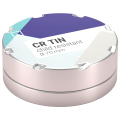






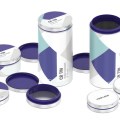


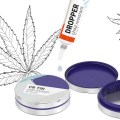


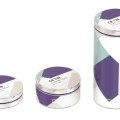
.png)
